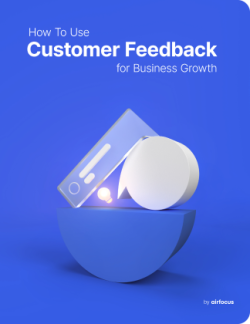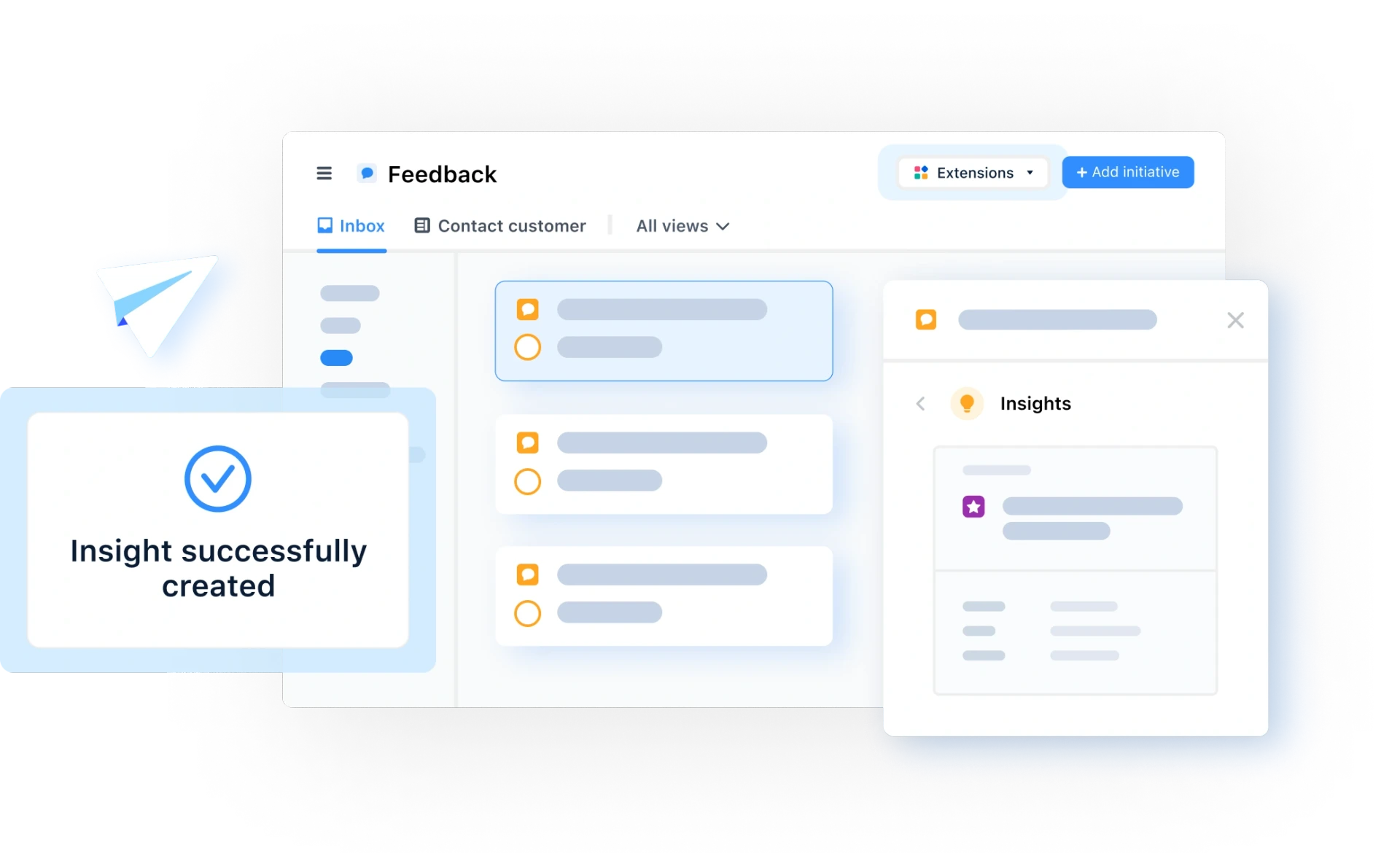Product Engagement Score
What is the product engagement score?
Product engagement score definition
The product engagement score is a method to track how many people actively use a product. Rather than relying on downloads and installs to gauge performance, the product engagement score highlights how many regular users a product has. It’s commonly used with mobile apps and software to give a better idea of how the product is performing.
How do you calculate product engagement score?
Calculating a product engagement score is slightly more complex than most traditional metrics, but the value is worth the effort. First, you need to calculate the following:
Adoption: Find out the average number of core events that have been adopted by all active users.
Stickiness: This is the average percentage of weekly or monthly active users that use the product daily.
Growth: The sum of new and recovered accounts or visitors divided by dropped accounts or visitors.
Once these three metrics have been calculated, you need to work out the average of these three metrics. The calculation is (Adoption + Stickiness + Growth)/3.
Product engagement score example
Taking the time to work out your product engagement score can be confusing at first, but once you’ve done it a couple of times it becomes second nature. Say your app has an adoption rate of 30%, 75% stickiness, and 80% growth, your PES calculations would look like this: 27+75+80 = 183 183/3 = 61 PES score: 61
How to interpret your product engagement score
If you calculate your product engagement score and the result is a little lower than you hoped, it can be a sign that something is wrong with your product. However, there are ways to combat this.
Look at your individual metrics that formed your PES. If one is significantly lower than the other, discuss how you can raise that metric.
For example, if your growth figure is low you should be looking at what is turning users away from the product. It may be an accessibility issue, or even a series of minor bugs that need squashing.
You can also combine your PES results with other metrics. Say you notice one of your better features is underused, that could be why your product engagement score is low. In this situation you would look at how your app flows, what roadblocks are blocking users from finding the feature, and how to increase access and awareness.
Most importantly, you should seek feedback from actual users. There’s no easier way to uncover issues with your product than asking the people who actually use it.
General FAQ

Glossary categories
All product feedback in one place

Experience the new way of doing product management








